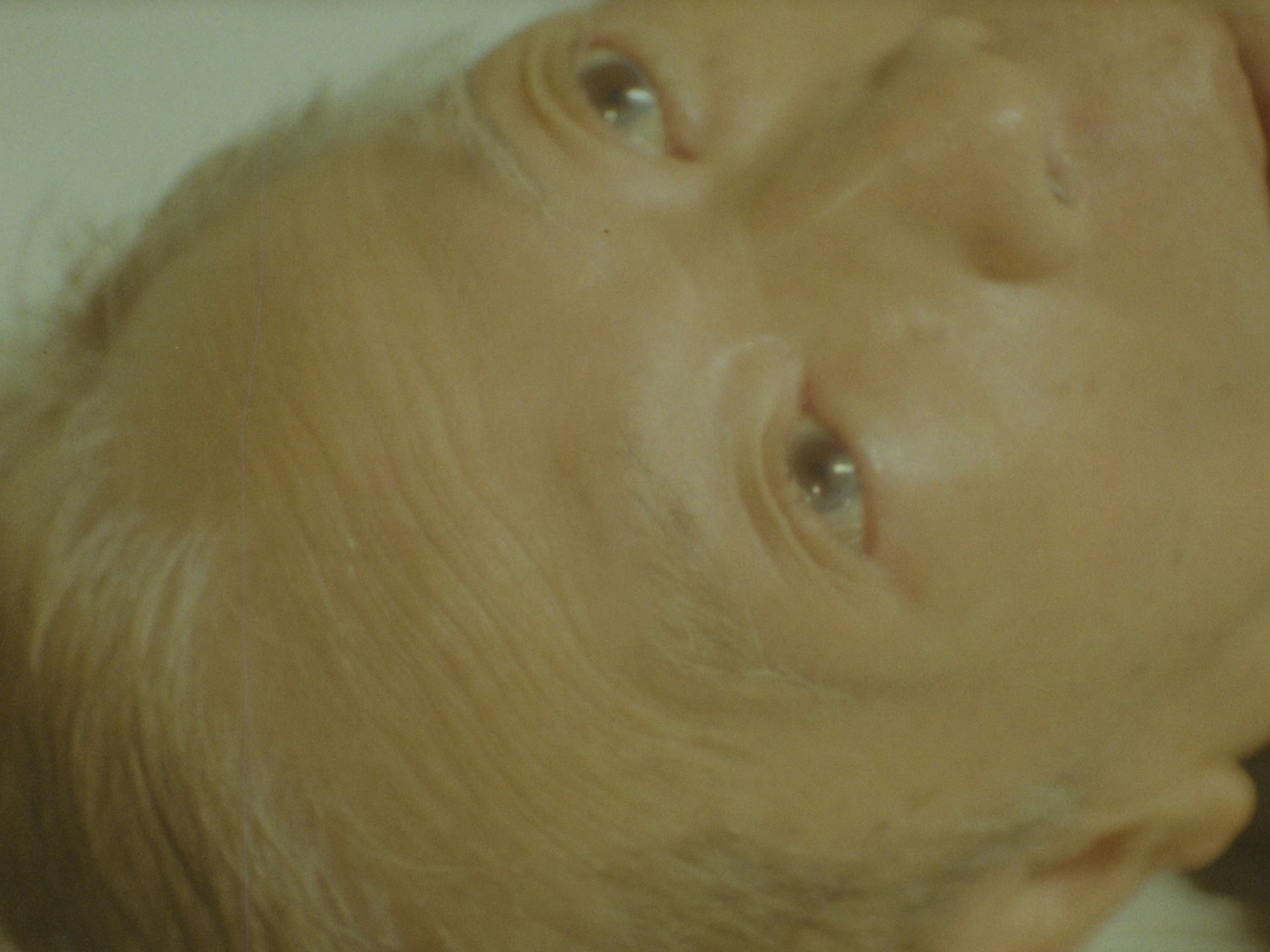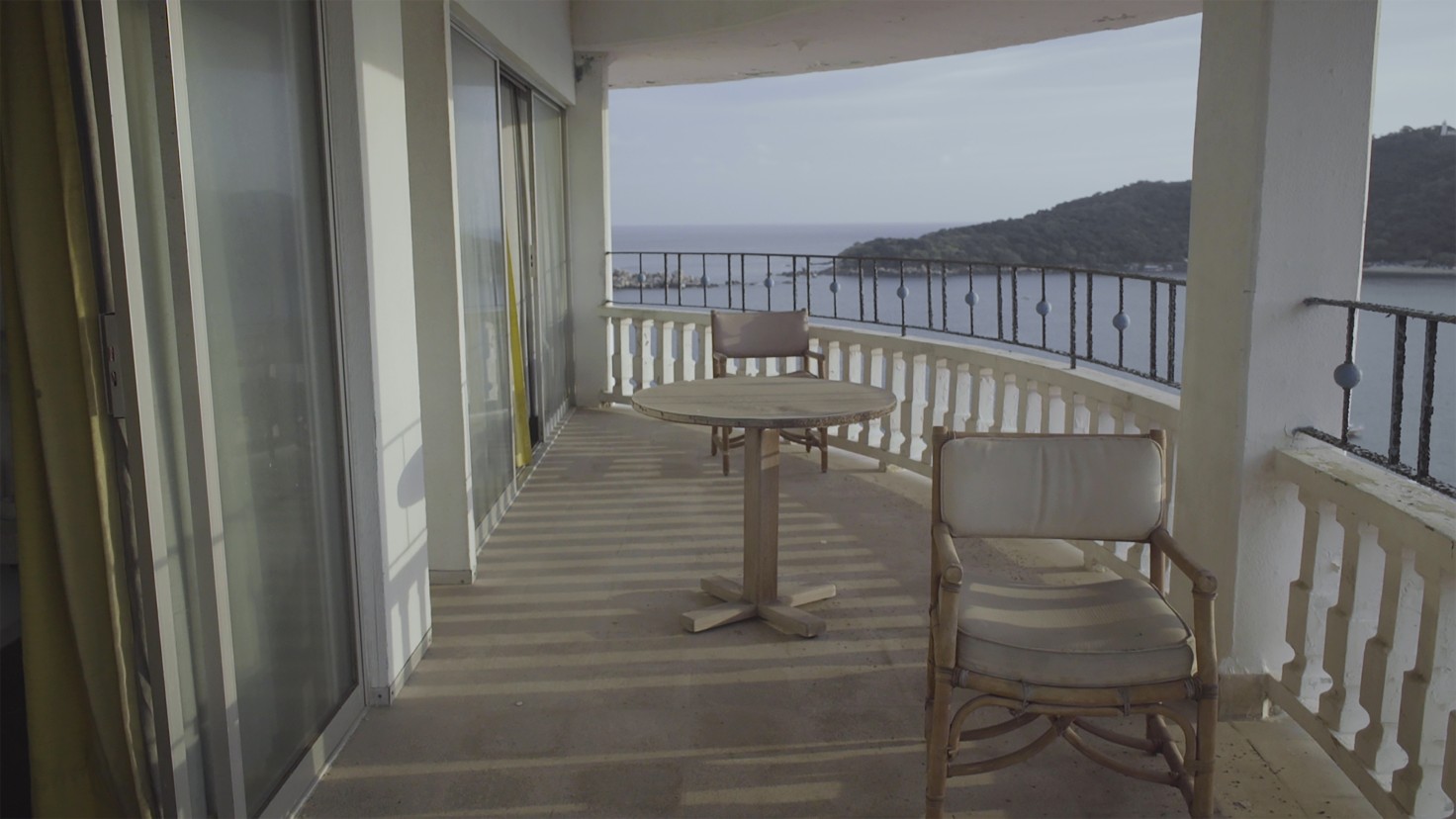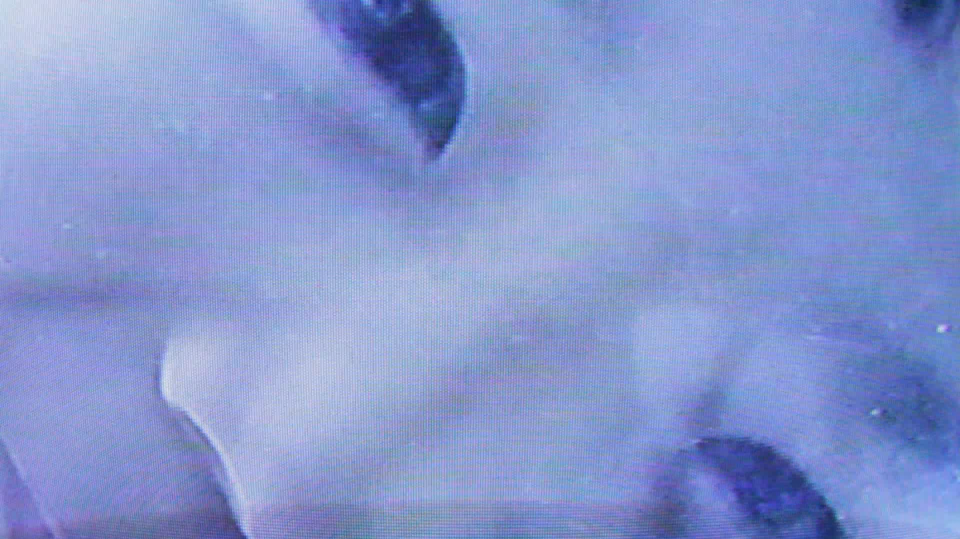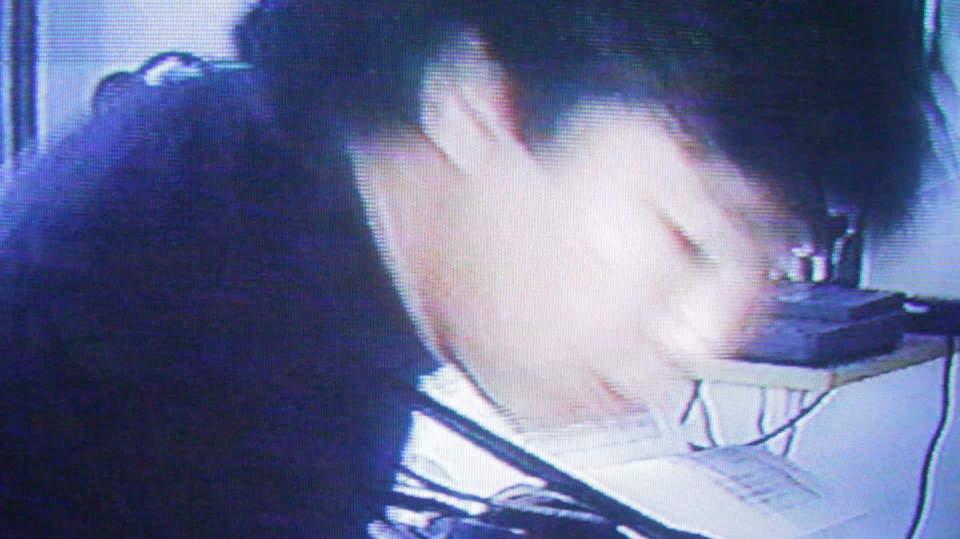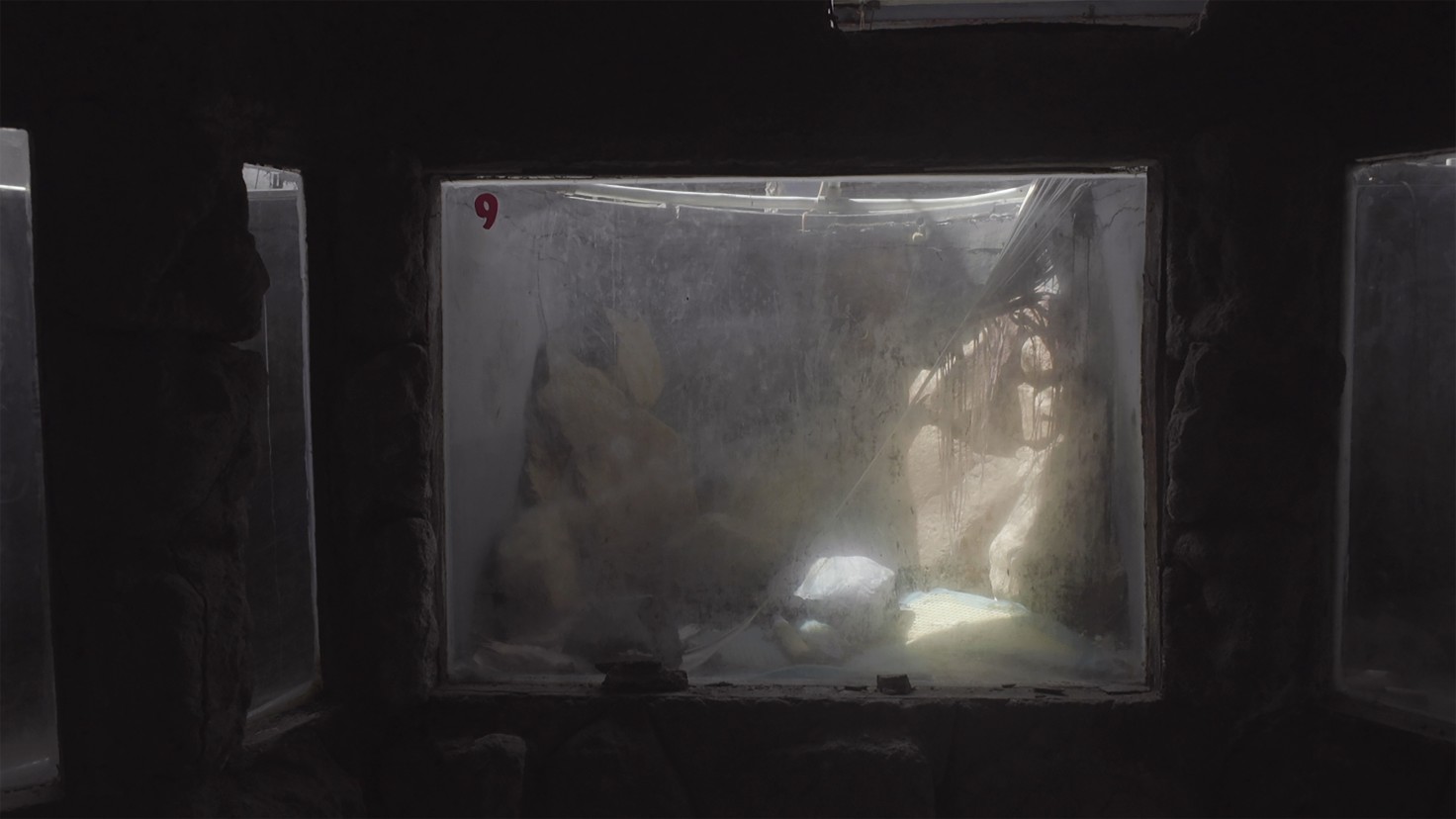Amir George: How has your practice been since Distancing?
Miko Revereza: It is sort of an ongoing, diaristic video film practice, writing practice. It just kind of goes along with living life and seeing, filming when I feel like it, whenever I feel compelled to. These days, I feel less obligated to pick up the camera, and I’m enjoying the sort of off-camera time, a lot more of just letting things resonate, and using the most inspired moments.
Since I bought this Sony camera four years ago, I’ve been triangulating my personal path, but also in relation to the sort of path of different empires, the US and Spanish empire.
AG: In El Lado you speak of empires as apocalyptic cults. Did that idea come out of your journey?
MR: It was literally a conversation throughout and just [Carolina Fusilier’s and my] minds thinking out loud. We were having these ideas in our minds, and it’s just like our streams of consciousness.
AG: What was the process of making El Lado?
MR: I think we pitched the concept of the film to the Asia Culture Center. We were applying for this grant for it, and then it was like writing a synopsis for a fictional film of this creature. That was the premise, the creature going from the Philippines, getting sucked in this current, and ending up in Mexico. So we were writing just the premise and then just kind of took a more documentary approach of making these filmic portraits of places as if navigating an island through the eyes of this sea creature.
AG: How were you thinking about architecture while making this project?
MR: We were exploring these immense structures, these potential sites. The sort of infrastructure, like the port, has evolved into American hegemony after the Spanish empire, and now it has evolved into a party city. This is sort of the remnants of all the evolutions of vacation and also exploitation. So I think there’s a lot of feelings going through these spaces. It’s kind of interesting to just feel the spaces emotionally and also approach them intuitively. Certain stories seep into the film itself, creating a new life of the struggles or things that have been forgotten or ignored.
AG: When you see a place like that, you just expect to see people. Whether it’s people at the gate or those people in line, or people getting tokens, laughing, or walking, it’s always an active place.
MR: Yeah. In other places in Acapulco, it’s still very active.
AG: Your previous work has a lot of movement going on—you’re moving through memories, train stations, airports. How does it feel to be still for a while?
MR: It felt good. We were thinking more about this film just being underwater, where there’s this sense of constant movement, there’s this flow, and then everything is expanding and contracting. Underwater, light is constantly bending, perception is bending. And then outside you have these really straight lines like columns, and you do have movement sometimes.
AG: What does the sea creature represent to you?
MR: We wanted to retain a sense of mystery about the sea creature, not to project much of ourselves. We were creating antics for the sea creature, but it’s impossible to write a narrative for a sea creature. It will always be a sort of personification of humanness, like Nemo or something.

